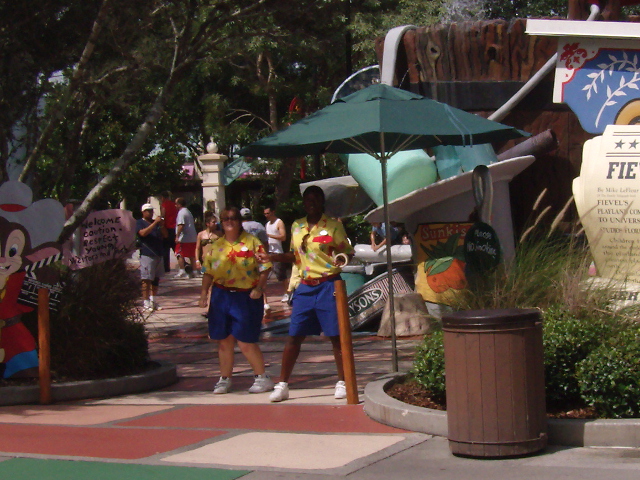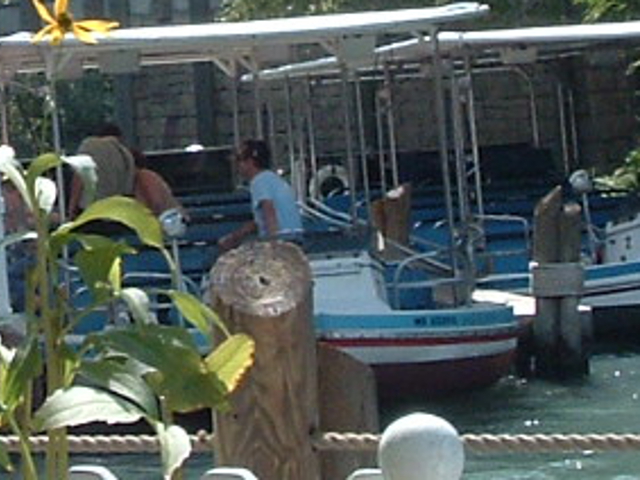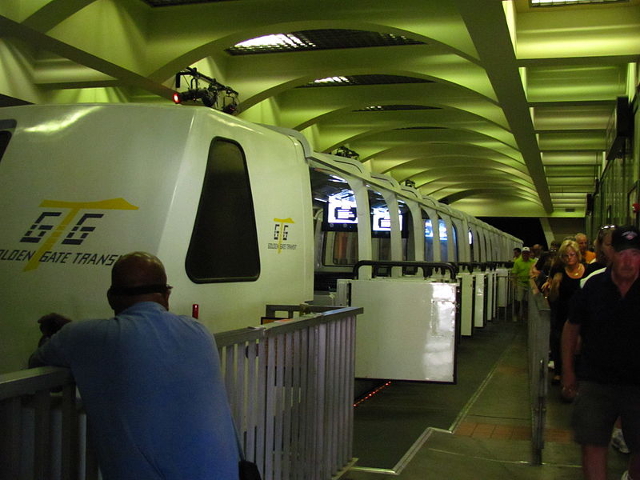
If you are like most people, a day at a theme park means arriving early and making a mad dash to your favorite attraction. As you skid to a stop, happy to have beaten the crowd, you are welcomed by a chipper employee. You might stand in a short queue before being admitted to the preshow room. Then you take your ride and are on to the next thing before the later-arriving crowd even makes it through the front gates.
Have you ever taken a moment to analyze your experience? How was everything so clean and nice? How did the staff know the ride was ready to go for the day? Why were the employees so chipper, when you were still bleary-eyed and trying to finish your coffee as you ran to the entrance? While every attraction has its own daily opening procedures, in most cases, the employees arrived long before you did. They might be halfway to lunch before they ever open the doors. Here is a look at how Universal Orlando did it on my attractions, Kongfrontation and Earthquake. The order of the steps varies by attraction and daily operational needs, but the basics remain largely the same wherever you go.
1. Dressing and clocking in

It all began in the massive wardrobe room. After parking the car and having my ID and bag checked by security, I always headed straight for wardrobe. Universal has changed their procedures several times over the years, so depending on the time period, I might have to check out a uniform at the counter, or I might already have a clean one hanging in my locker. The cavernous locker rooms are like mazes, and you could always spot the new employees by their confused effort to retrace their steps and find their recently-assigned locker!
Whatever time I was scheduled in was the time I had to physically clock in at my attraction, and I was chronically cutting it close, especially on early morning shifts. We got paid for 15 minutes of “walk time,” to cover the time it took to change clothes, but it was accounted for at the end, not the beginning, of the day. After hightailing it out of the locker room and to the time clock, I usually had a few minutes to finish getting myself together.
2. Grabbing the tools of the trade

At the attraction, we were responsible for locating and taking possession of the various items we would need. For example, at Earthquake, those in spieling rotation (discussed below) used handheld microphones. Whoever was responsible for the “dummy drop,” when an audience volunteer appeared to fall from a high overhead ledge, was required to wear a safety harness.
At Kongfrontation, those in spieling rotations had headset microphones. For both attractions, the Greeter position carried a radio, while those responsible for dispatching ride vehicles needed other specific items. Many items were traded out from person to person throughout the day, but the person opening a position was responsible for taking out whatever was needed, while the person closing that position was responsible for turning it in.
3. Going through cycles

In general, the more technically complex an attraction is, the more cycles need to be completed before it opens for the day. This is modified by how prone it is to breaking down, as well as any repairs, tweaks or changes that might have been performed by the maintenance crew and technicians overnight. Kongfrontation was a highly complex ride with a record of frequent breakdowns, and trams were always going on and offline for repairs. So the morning crew typically came in two or more hours before park opening for a ritual known as cycling trams.
As you might suspect, cycling trams involved repeatedly putting the ride through its paces. Since every tram required a driver onboard, and dispatching and monitoring them required input from the control tower, we had a skeleton crew locked to those trams each morning, riding around and around and around in circles. Technicians were usually on hand as well, to troubleshoot any problems that arose.
Sometimes we focused just on the trams, riding around with the lights on and the animation off. Other times, the animatronics and special effects were running, but the lights were still on. Sometimes everything was running except for the animatronic Kongs. Occasionally we got to practice putting the trams in manual mode, which meant that the tram drivers actually controlled every movement from forward and reverse to pitch and yaw, and even lower them to the show scene floors and raise them up again. When everything was working as it was supposed to, though, we mostly just hung out, riding in twos or threes while eating breakfast, listening to the radio, and chatting about the weekend.
Although Earthquake was also a highly technical ride, I got there shortly before it closed down. By that point it was a reliable old workhorse with a great record. However, the spieling part of the attraction required precision timing between the various spielers, especially when we were on five-minute cycles. At that speed, there was a spieler in every room trying to pace each other to avoid disruptions in the guest experience. Consequently, much of our time was spent working on pacing details. Unless there were unusual circumstances, we only needed to dispatch the ride once, with a team member on board to look for anything out of the ordinary. That was a fun job, as it gave me time to take in the details without a bunch of people around.
Add new comment